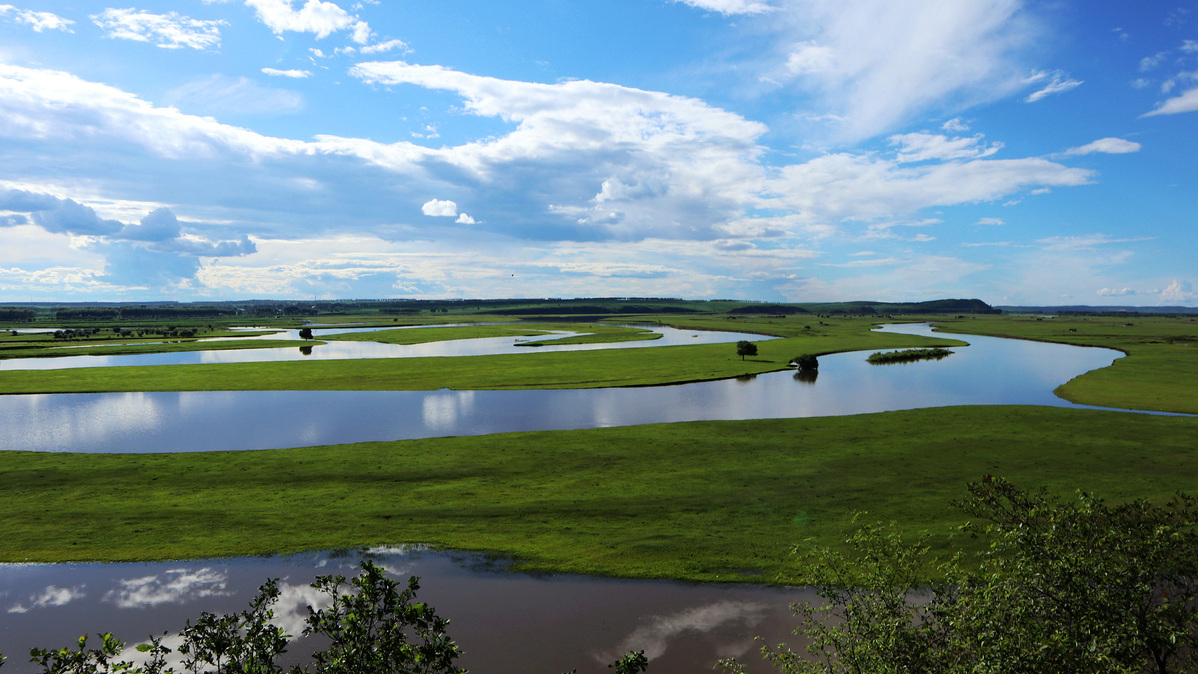Climate
Due to its elongated shape, Inner Mongolia has a four-season monsoon climate with regional variations. The winters in Inner Mongolia are very long, cold, and dry with frequent blizzards, though snowfall is so light that Inner Mongolia has no modern glaciers even on the highest Helan peaks. The spring is short, mild and arid, with large, dangerous sandstorms, whilst the summer is very warm to hot and relatively humid except in the west where it remains dry. Autumn is brief and sees a steady cooling, with temperatures below 0 °C (32 °F) reached in October in the north and November in the south.
Officially, most of Inner Mongolia is classified as either a cold arid or steppe regime. The small portion besides these are classified as humid continental in the northeast, or subarctic in the far north near Hulunbuir.
| City |
July(° C) |
Januray(° C) |
| Baotou |
29.6/17.1 |
-4.1/-16.8 |
| Bayannur |
30.7/17.9 |
-3.3/-15.1 |
| Hohhot |
28.5/16.4 |
-5/-16.9 |
| Ordos |
26.7/15.8 |
-4.8/-14.7 |
| Ulanqab |
25.4/13.6 |
-6.1/-18.5 |

